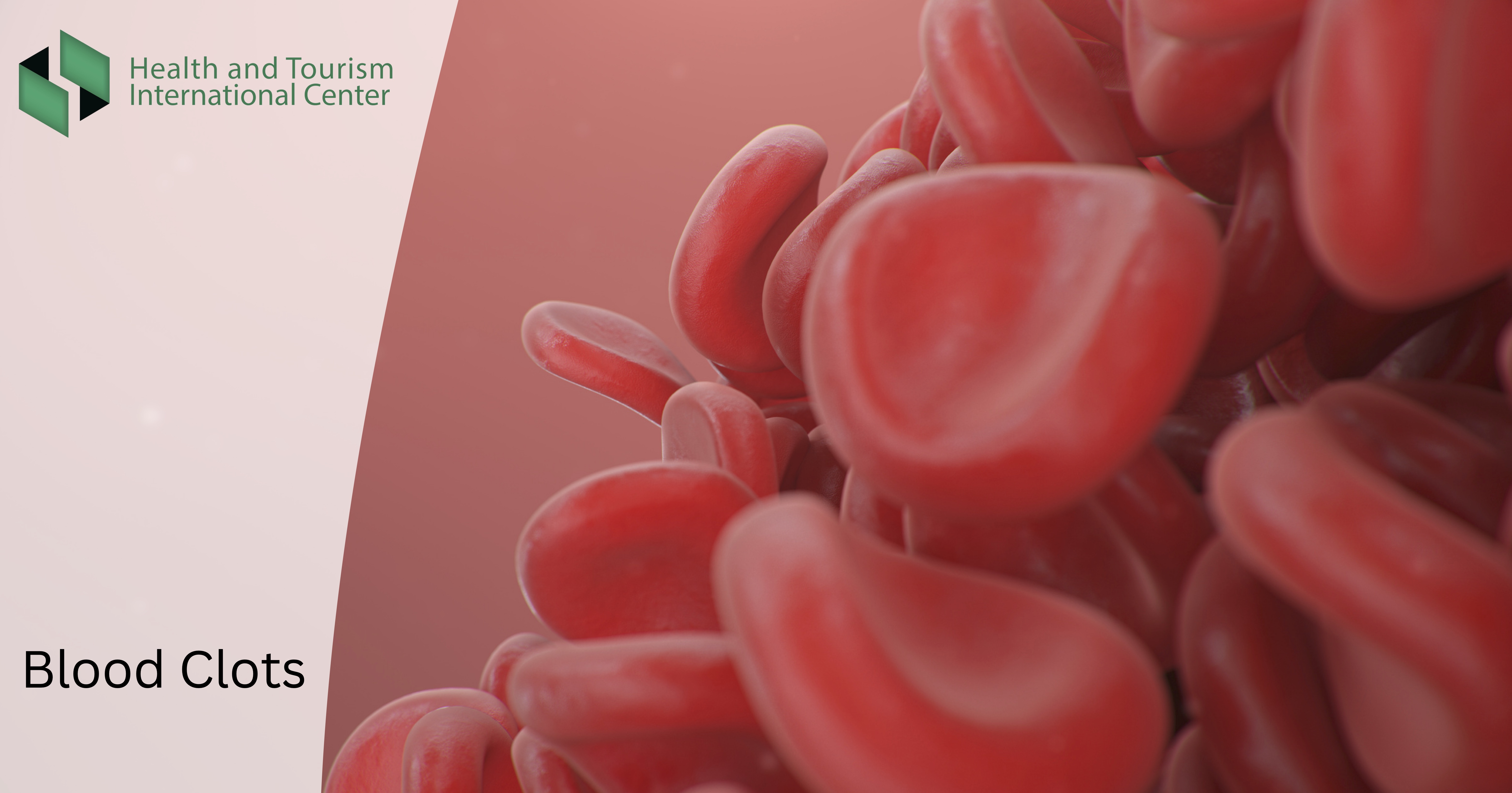What is a blood clot?
Clots form in veins or arteries. As a rule, it is formed against the background of trauma, damage to the blood vessel.
The symptoms and the course of treatment are individual, depending on which part of the body it developed and what type of injury it caused.
As soon as the symptoms appear, you should consult a doctor, because it is in this way that it is possible to prevent life-threatening pathologies.
The risk of a blood clot increases with age (more common in people over 65). The formation of pathology is facilitated, the risk increases by surgical intervention, trauma, long delay in the clinic, tobacco, overweight, inactive lifestyle and others.
In some clinical cases, it is asymptomatic, however, if it is symptomatic, it is characterized by the following:
- Abdominal area (pain, nausea or vomiting);
- Hands and feet (pain or weakness when touched, swelling, redness, feeling of warmth);
- Brain (speech impairment, vision problems, the patient has difficulty moving, complains of numbness on one side of the body, attack);
- Heart and lungs (chest pain, sweating, shortness of breath, breathing problems, bloody sputum).
The symptoms characteristic of a blood clot are very similar to the signs of other diseases, therefore, several studies are recommended to identify the exact diagnosis:
- Blood analysis;
- Ultrasound;
- Computed tomography;
- Magnetic resonance imaging.
Source:
https://my.clevelandclinic.org/health/diseases/17675-blood-clots

